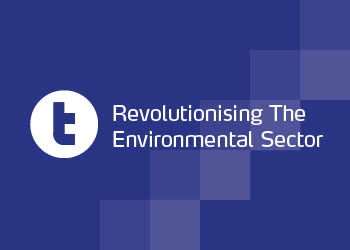The world economy will continue to struggle over the next year, according to a UBS analyst.
Speaking at the Secondary Commodities Markets Conference held in London yesterday, UBS commodities analyst Angus Staines said that there did not appear to be an “incentive for firms to invest in US, Japan and Germany” and that the world economy, with the exception of the US, has “continued to disappoint”.
In his presentation, he said: “Recovery in the global economy has been driven by the US with little support from elsewhere. But there has been a shift in the US to less commodity intensive growth.
“There has been supply growth for commodities, but the demand for commodities is softening. At UBS, we expect this to drive commodity prices down, so we are commodity bears at UBS.”
He pointed out that the global purchasing manager’s index for manufacturing is flat, and that it is unlikely to improve. This suggests that there is unlikely to be much growth in global manufacturing as a result.
In his presentation, he also warned that a lot of Chinese growth was being driven by property investment using credit, and that UBS believe China will hit a GDP headwind in the fourth quarter of this year.
However, on a more positive note, he did not believe that China was facing a debt crisis due to its savings, assets and continued ability to grow.
But he warned that Europe was unlikely to return to growth until 2015.
Also speaking at the conference, ACN Europe (UK) senior account manager Nick Watson warned of the continued impact of the ‘green fence’ on exports to China and that the only safe way to avoid it was to improve quality.
He said: “The country has decided to go down the route of commingled collections. But we now have to go down the route with the waste management companies and local authorities to improve quality.”
In addition, he warned that while the Chinese authorities intend to close the green fence towards the end of the year, it is collecting data at present. As a result of this data, it may decide to remove licences or self-registration for exporters that have been the worst offenders in terms of poor quality exports.
He also suggested that the Chinese might consider a new initiative on quality once the green fence ends.
Recresco director Tim Gent said at the event that glass recycling in increasingly about the PRN as a commodity, rather than the recycling of the product.
He noted that the increase in the price of the glass PRN at the end of last year made it economic to put glass that had been considered reject material onto the market, that enabled the UK to meet its glass packaging targets for the 2012 compliance period.
While there remained enough stockpile for this to possibly meet a shortfall if this situation occurs again at the end of 2013, he warned that “if one of our competitors does not issue stock onto the market, then we will fail to meet the target.
“I don’t see how we will meet targets in 2014. There will be no stockpile, and maybe the Government will intervene, maybe glass from bottom ash will be allowed, or there will be lower targets although that won’t be popular.”
He also said that there needed to be an improvement in the quality of glass that is collected, as ceramics and stones were increasingly becoming a problem.
Closed Loop Recycling commercial manager Chris White said that he thought it would be difficult for the UK to meets its 57 per cent plastic recycling target by 2017 as there is so much plastic in the market at present that cannot be recycled, now that China is no longer accepting low grade materials due to the green fence.
Valpak sales and marketing director Duncan Simpson said that the uncertainty caused by a review of recycling targets by the coalition Government when it came to power, has had an adverse impact on the PRN market as prices fell as a result. When tougher targets were revealed for materials such as plastics and glass, this then pushed up the price again.
However, he said that the PRN system continued to work with those who collect film now looking to ensure it is of the best quality in order to find a home for it, but also benefit from the PRN.
While Resource Association chief executive Ray Georgeson gave a presentation on how the recycling sector can influence the resource efficiency debate. He said that while we can have “lofty conversations about the circular economy”, change will not happen unless we get collections from household rights. He added that regulation and enforcement needs to catch up with the industry, with the MRF Code of Practice needing to be stronger than its current draft to meet the quality needs of reprocessors.












